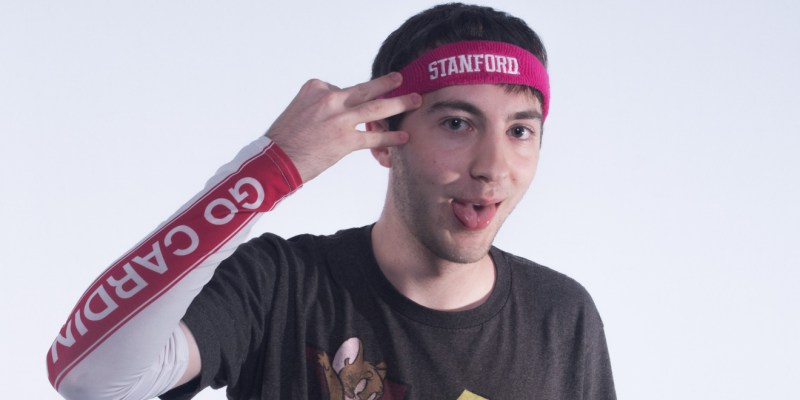This column reflects the opinion of the writer and does not in any way reflect the views of The Stanford Daily.
In Stanford’s founding grant, our mission statement included a strong emphasis on the “cultivation and enlargement of the mind.” Our student-athletes are here to play school. As one NCAA television commercial states, a large portion of the athletes will go pro in something other than sports. In order to live up to our mission statement and prepare our student-athletes for life after the gridiron, it’s time we eliminate full-contact from all Stanford football practices.
Chronic traumatic encephalopathy (CTE) is a dangerous degenerative brain disease and something Stanford should not aide its students in acquiring. Although it often manifests itself after a long period of repeated head trauma, it can show up in younger players. One notable case is Owen Thomas, a 21-year-old college football player whose autopsy showed CTE, and who ultimately committed suicide.
Since the NFL decreased the number of full-contact practices in 2012, they’ve seen the number of concussions significantly decrease. They’re down to 14 full-contact practices in an 18-week season. During the NCAA regular season, however, teams are allowed full-contact practices as often as twice per week. The NFL players don’t need to be reminded how to tackle, and neither do our players. Twice weekly (not counting games) is simply too often to put that toll on our athletes and their bodies.
In Mississippi State’s Spring Game, an event similar to the one at Stanford, a player received a hard hit to the head via targeting. They called the game after that, since the last thing you want to see in a glorified practice is a severe injury. Injuries are a reality of playing 15 or so games per season, but by adding in an additional 20 to 30 full-contact practices, it becomes a near inevitability.
In 2011, a pair of ex-Northwestern players filed suit against the NCAA. They claimed that, “the NCAA’s conduct is particularly egregious in light of the fact that its policies and procedures – or lack thereof – leave student-athletes inadequately protected from sustaining, monitoring and recovering from brain injuries at a particularly early and vulnerable point in their lives.” Indeed, the NCAA has taken many measures against concussions, but almost all of them deal with post-concussion protocol and do nothing for prevention.
The Ivy League coaches unanimously decided to eliminate full-contact hitting from regular season practices in 2016. This came on the back of a 2010 decision by league member Dartmouth. The rate of concussions at Dartmouth has decreased many teams over since the enacting of this rule. They’ve found ways to do this without harming play on the field, even winning a league title for the first time in 20 years. Instead of hitting each other, they hit pads and robotic tackling dummies. They also place extra emphasis on tackling the right way.
As an institution of higher learning, we need to take a stand against the dangers of CTE and related injuries by eliminating full-contact practices. The wellbeing of our student-athletes is far more important than a few extra practice reps. We certainly don’t need more players going the way of Chris Owusu or, God forbid, Owen Thomas.
“Intellectual brutality” shouldn’t represent brutality towards the intellect of our players.
Contact Grant Avalon at gavalon ‘at’ stanford.edu.
